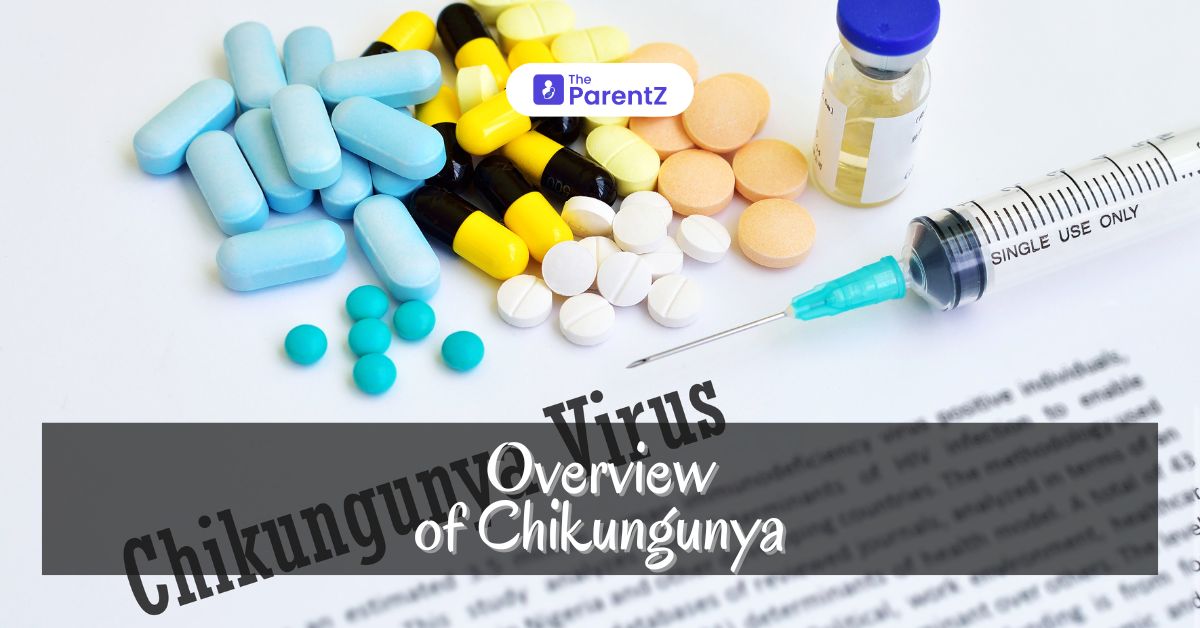What is Chikungunya?
Chikungunya is a viral infection characterised by fever and joint pain. It is spread by mosquitoes and is prevalent all over the world. Once confined to the tropics, it has spread widely all over the globe in recent years.
Is Chikungunya dangerous?
Most children infected with Chikungunya get better within a week or two with no chronic conditions. But some may have joint pain which lasts for several months even after the resolution of disease. Death from chikungunya is very rare. Severe disease may develop sometimes for which young children and children who have chronic illnesses are at increased risk.
What are the signs and symptoms of Chikungunya?
The signs and symptoms of Chikungunya develop after the bite of an infected mosquito usually after 4-8 days. While some children may show mild symptoms, others may have severe symptoms which include:
- The child develops a high fever suddenly.
- There is severe joint pain which accompanies the high fever.
- The joint pain is so severe that the child is unable to perform daily activities and bending of joints. Young toddlers may cry uncontrollably due to the pain.
- Joints may also swell in chikungunya.
- Muscle pain can also be present along with joint pain.
- Headache may develop.
- A child may be constantly fatigued and be lethargic.
- Rashes may develop over the body of a child.
How does Chikungunya spread?
Chikungunya spreads by mosquito bite. The Aedes mosquito is responsible for the spread of Chikungunya disease. It is the same mosquito which spreads Dengue. Aedes is one of the few mosquitoes which usually bites during the daylight hours. When a mosquito bites an infected person, it takes up the chikungunya viruses along with blood. After a period of 8-10 days, the mosquito is now capable of transferring the virus to other non infected humans it bites. Once infected, the mosquito is able to spread the disease for its complete lifetime.






